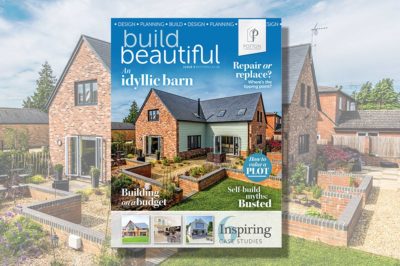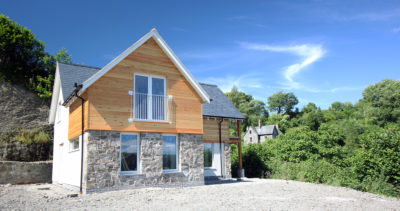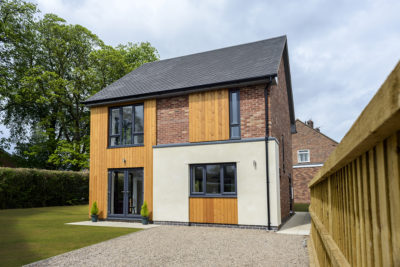Plot Watch: Bargain or Big Risk?
Robert and Jill are first time buyers looking for a modest property in their home town. They’ve dreamtof self building, but plots in this desirable commuter town in West Sussex are few and far between, and expensive as well.
However, Jill has spotted a piece of land up for sale by auction. What caught her eye was the price tag, +£1, and a note on the particulars that there was no reserve. Could this piece of land have potential and could it be bought at a really cheap price?
The site
Positioned within a housing estate, the plot is an open space between houses with a belt of trees along one side. It’s a level, mown area of grass with a maximum depth of about 50m and width of 24m.
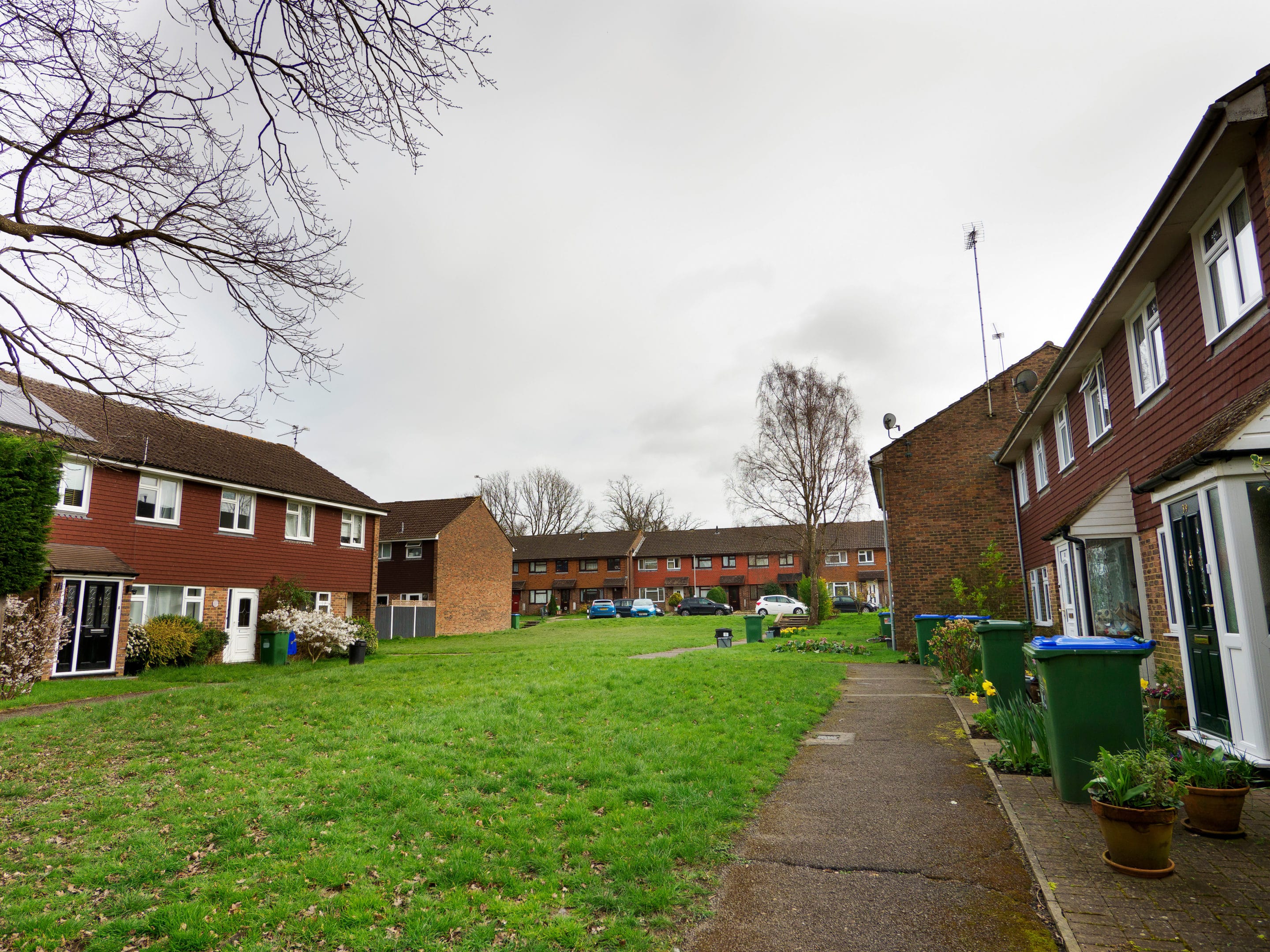
It appears to serve a purpose as communal open space. At one end there’s the estate road, and at the other is a footpath running beside the tree belt. There’s a terrace of houses facing onto it all down one side. The far end next to the trees has a terrace facing onto it, and the near end, adjacent to the road, has a terrace fronting the road presenting a blank side wall to it.
Estate plots
Odd bits of land on housing estates do come up for sale from time to time. They are often part of large side gardens, or wide verges and amenity spaces. Planning applications on such sites tend to be contentious, with local residents not wanting to see the original estate layout altered.
Learn more: The Politics of Planning
I’ve known several such applications that have been refused due largely to public pressure and then approved following going to appeal. Especially where residents have become accustomed to using an area of land as if it were public open space, stiff resistance to development can be expected.
In some cases the land was designated in the original estate planning permission as public amenity space, although never adopted for that purpose by the council. Such land can
be particularly difficult to develop.
Preliminary thoughts
This looks like one of those tricky sites where the perception locally is likely to be that it’s public land, no matter that it is evidently privately owned. Robert and Jill would need to establish what it was intended to be in the original estate layout, and whether there are any planning or legal restrictions affecting it – the latter in the form of restrictive covenants.
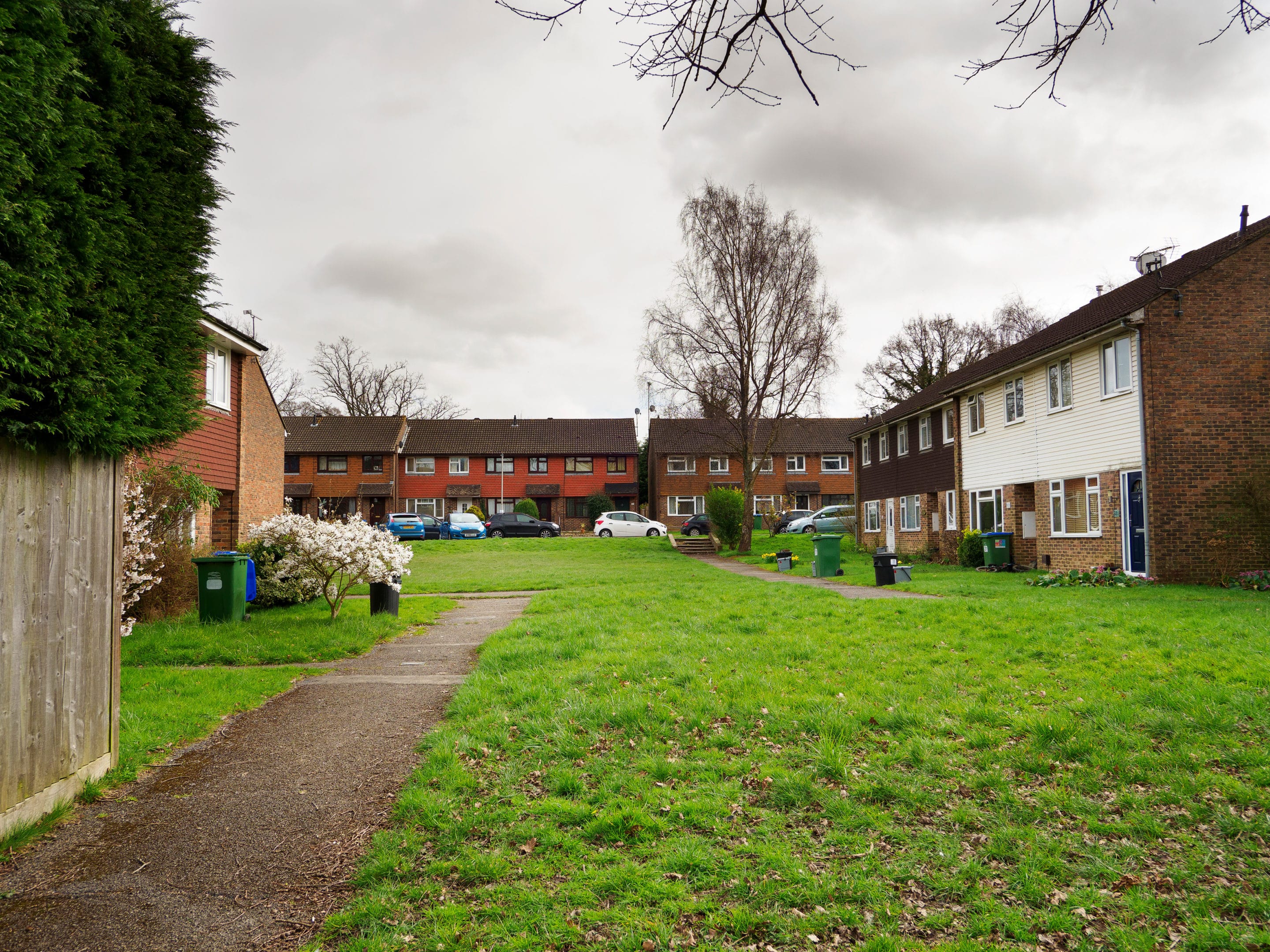
Another key question is who maintains it and at what cost? Given that at best only a part of it could be developed, the remainder is likely to remain as it is now, and any future owner may be responsible for maintaining it. Such obligations and expenses might explain its rather modest price tag.
Planning potential
The only realistic option for development here would be to add an additional terraced house to the row that faces the road. This would fit into the established pattern of houses and could have a back garden of similar size to the neighbouring property.
It wouldn’t affect the privacy of neighbours, although it would bring the existing end
of terrace gable wall closer to the houses facing it. That said, there would still be a gap of a good 16/17m, so not a major impact on outlook.
The new house would also be to the north of the facing terrace, so it wouldn’t cause any loss of light or direct sun. You can be sure the facing owners wouldn’t like it, but from a planning perspective there wouldn’t be significant harm to their amenity, and not sufficient to justify refusal.
Whether the loss of amenity space would be considered so harmful as to justify refusal is another matter. Current government planning policy guidance in the National Planning Policy Framework (NPPF) places great weight on the benefits of making the best use of available land within settlements for housing. In addition, greater emphasis in now placed on maximising densities than used to be the case when this estate was built some 40 to 50 years ago.
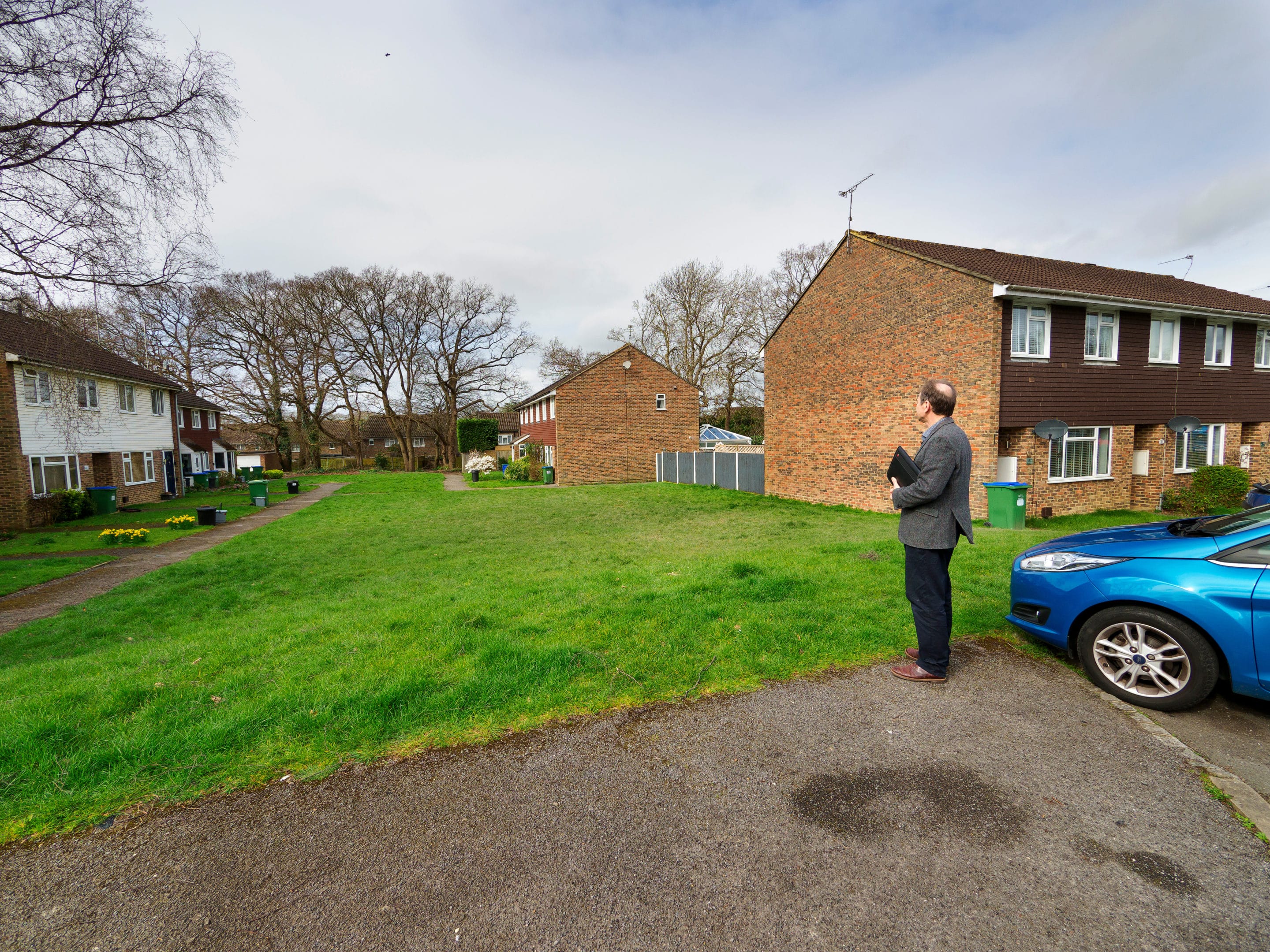
A new house would only occupy about 25% of the overall land area and if the remainder could stay as a public amenity, there would be a good argument to be made that the amenity value of the land wouldn’t be too compromised.
There might be potential to enhance the remaining space, through planting or provision of seating or a play area. That would inevitably come at a cost, although helpful in avoiding some objections. But the provision of facilities and their long-term maintenance could place an untenable burden on Robert and Jill.
Auction challenge
Jill spotted this land with only three weeks to go before the auction date. That’s not enough time to get pre-application advice back from the council and a squeeze for getting professional advice from a planning consultant. Robert and Jill should do as much research as possible.
The legal pack provided by the selling agents should reveal any covenants, rights of way and other legal obligations that might affect the land.
They could also try looking up the planning history of the site on the council’s website. This can be tricky, though, partly because the records might be sparse for such an old planning permission and also because estate developments can be the subject of multiple permissions and amendments. They should also check the Local Plan, in case the site carries some specific designation as public open space.
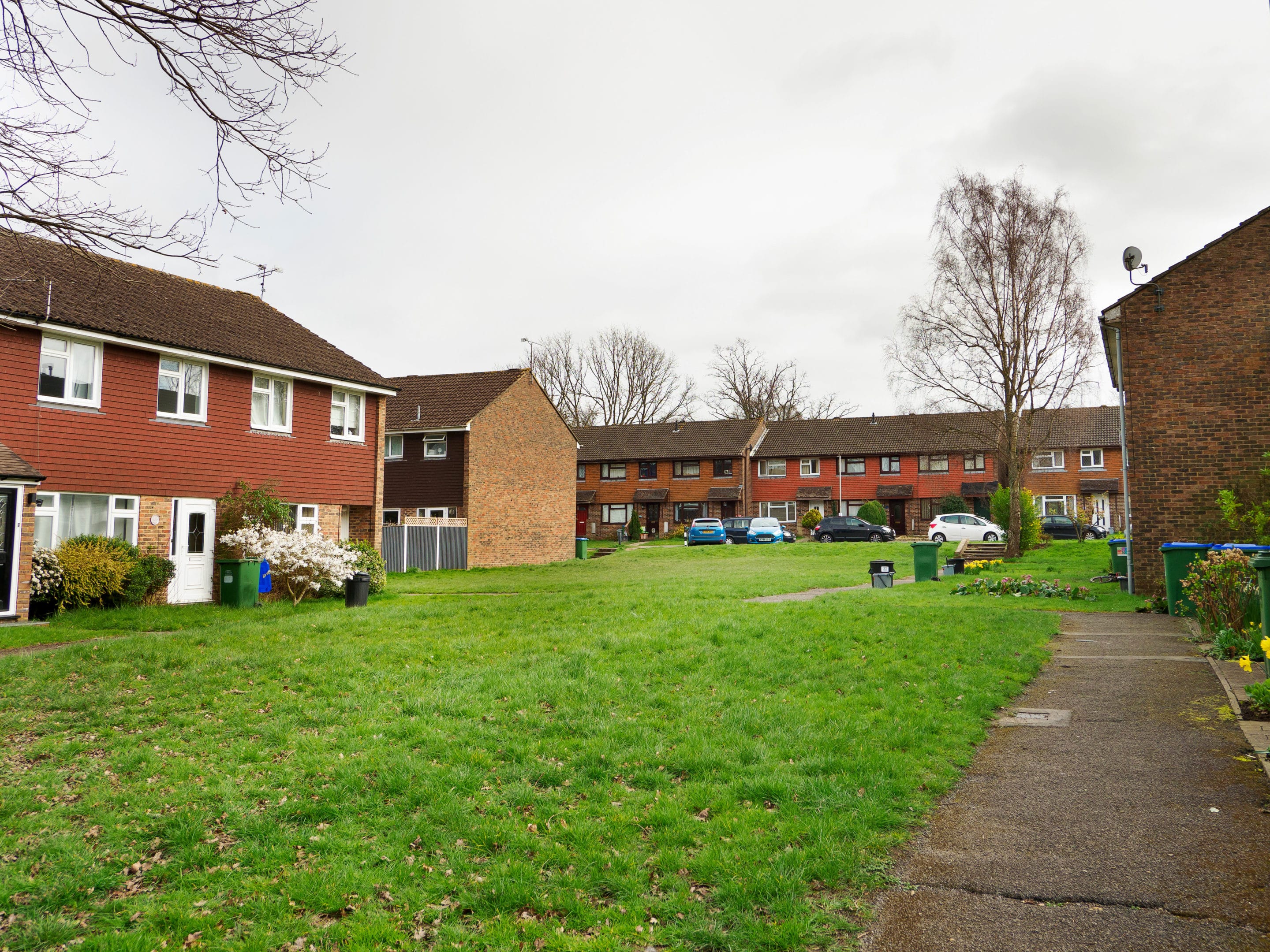 At relatively short notice, though, it’s not going to be possible to determine for certain whether consent for a new house might be forthcoming. They’d also need to determine whether they could build on to the end of terrace house, from a legal point of view. Given these uncertainties, it would be almost impossible for Robert and Jill to put together a realistic figure on the value of the site.
At relatively short notice, though, it’s not going to be possible to determine for certain whether consent for a new house might be forthcoming. They’d also need to determine whether they could build on to the end of terrace house, from a legal point of view. Given these uncertainties, it would be almost impossible for Robert and Jill to put together a realistic figure on the value of the site.
Conclusions
Despite the possibility that this site might sell for a low price, it’s not a sensible proposition for Robert and Jill given their first time buyer status. There’s a risk that the land might in fact prove to be a liability, with maintenance costs, rather than an asset. In addition, there’s no guarantee that permission would be granted.
The near certainty of local objection means that even if the planning officers were happy with an application scheme, the decision might be taken at committee where local objection carries
a good deal of weight. If refused, an appeal might succeed, but the process is time consuming, taking six to eight months, and again, there’s no certainty of success at the end of that.
For self build buyers there’s the certainty that expense will be incurred, in buying and seeking planning permission, but here there’s no certainty at all that permission will be granted. For a developer or speculator the site might have some value, particularly if bought alongside a portfolio of other parcels of land.
If only a small percentage of such sites gained permission, that would justify all the purchases, but Robert and Jill aren’t in that camp. Their best bet would be to move on to looking at other more promising sites that have less embodied risk.
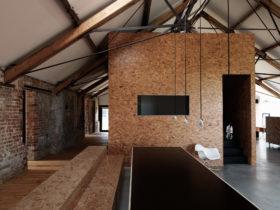
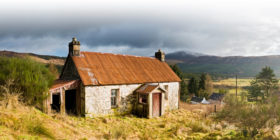
































































































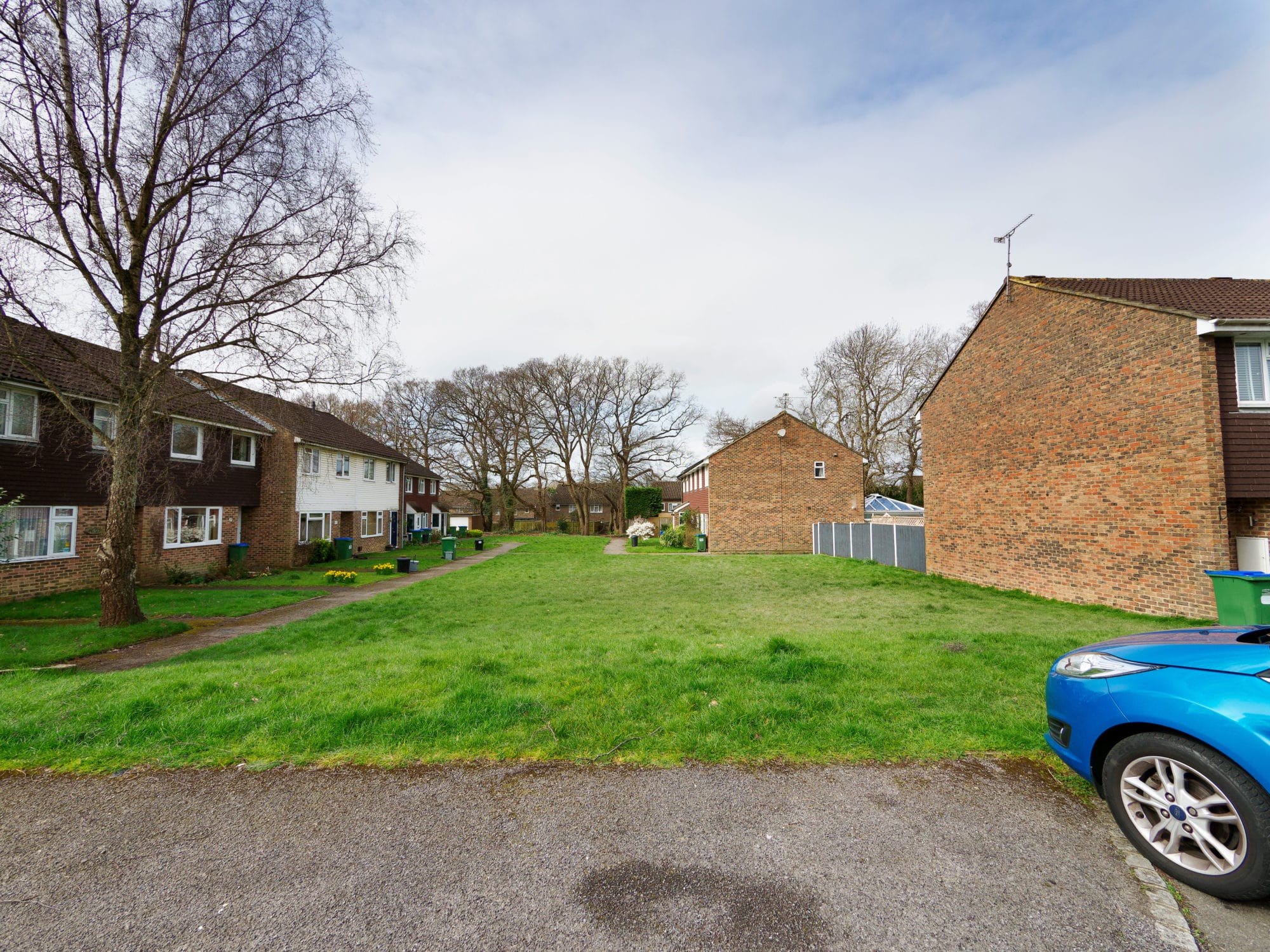
 Login/register to save Article for later
Login/register to save Article for later





